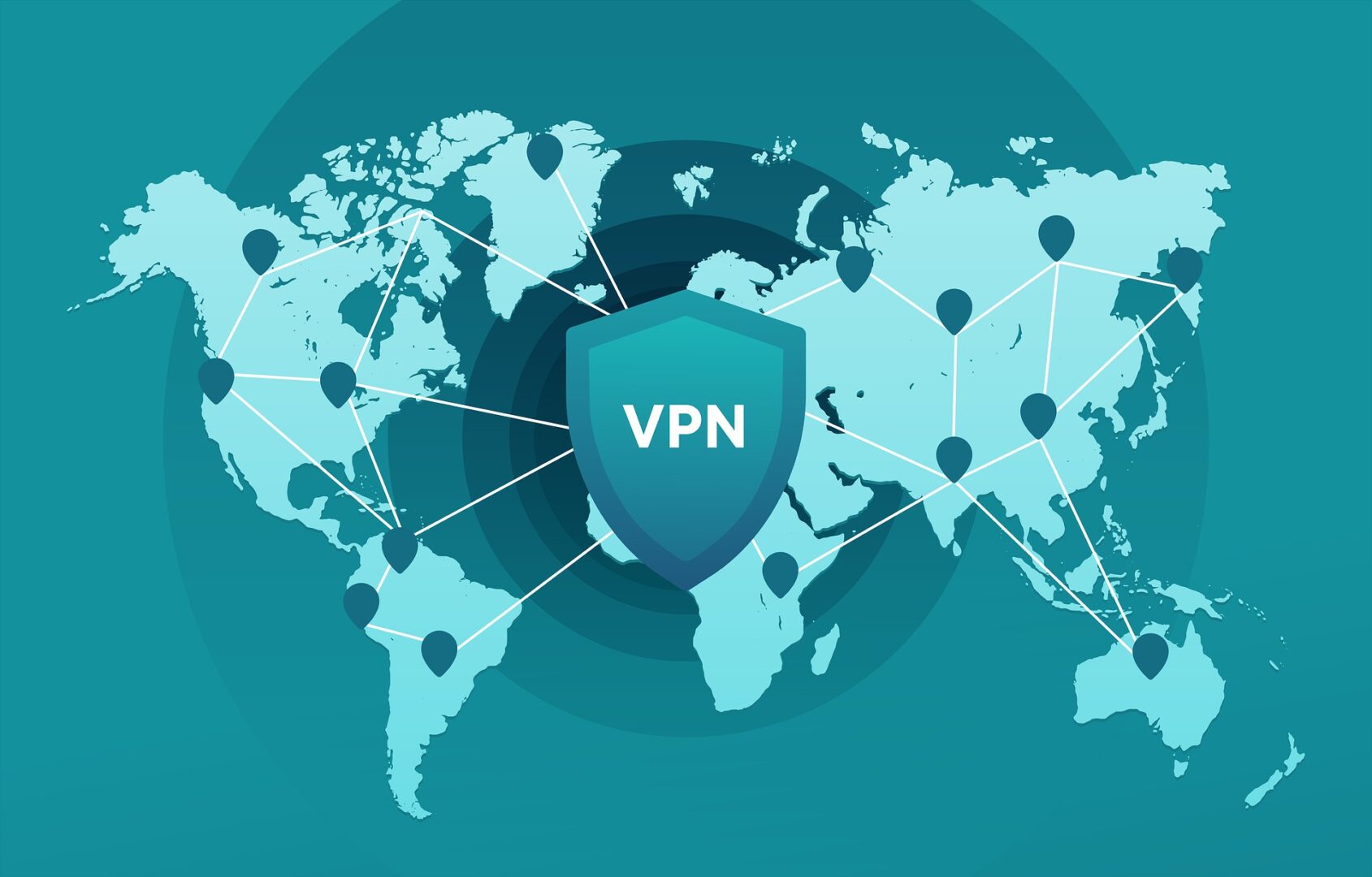Create Your Own VPN: A Simple, Affordable, and Effective Solution

Introduction
A Virtual Private Network (VPN) allows you to secure your internet connection and protect your privacy online. While there are many commercial VPN services available, creating your own VPN server can be an attractive option for those who want more control over their data and security. In this article, we will guide you through the process of setting up your own VPN server, as well as discuss the advantages and disadvantages of this solution compared to traditional VPNs.
Setting Up Your Own VPN Server
To set up your own VPN server, you will need the following:
- A server or Virtual Private Server (VPS) with a public IP address.
- A compatible operating system, such as Linux.
- VPN server software, such as OpenVPN or WireGuard.
Once you have acquired the necessary hardware and software, follow these steps:
- Install the VPN server software on your server or VPS.
To begin, you need to install the OpenVPN software on your server. Depending on the operating system you are using, the installation command will differ.
For Ubuntu, use the following command:
sudo apt-get update
sudo apt-get install openvpn
For CentOS, use these commands instead:
sudo yum update
sudo yum install epel-release
sudo yum install openvpn - Configure the VPN server software according to your preferences and security requirements.
After installing the software, you need to configure the OpenVPN server. This involves setting up cryptographic keys, creating a virtual tunnel, and configuring the server’s network settings.
First, navigate to the OpenVPN directory:
cd /etc/openvpn
Next, create the necessary cryptographic keys and certificates using the Easy-RSA tool or another preferred method. Follow the official OpenVPN documentation for a detailed guide on generating keys and certificates.
Once you have the keys and certificates, create a new configuration file (e.g., server.conf) for your VPN server. Edit the file to include your desired settings, such as the port, protocol, encryption algorithm, and authentication method. - Generate and install VPN client configuration files on your devices.
After configuring the server, you need to generate client configuration files for the devices you want to connect to the VPN. These files should include the client’s keys and certificates, as well as the VPN server’s address and settings.
Copy the generated client configuration files to the respective devices, and install the OpenVPN client software if necessary. - Test your VPN connection to ensure it’s working properly.
Finally, test the VPN connection on your devices. Connect to the VPN server using the client software and verify that the connection is secure, stable, and functioning as intended. You can check your IP address and other connection details to confirm that you are connected to the VPN server.
By following these steps, you can successfully install, configure, and test a VPN server on your server or VPS, ensuring a secure and private connection for your devices.
Advantages and Disadvantages of Running Your Own VPN Server
Advantages:
- Control and security: You have full control over your VPN server and can be confident that no one is monitoring your activity or using your data.
- Lower cost: Setting up your own VPN server can be cheaper than subscribing to a commercial VPN service, especially if you already have a server or VPS.
- Customizability: You can configure your VPN server to your liking, such as selecting the encryption level or setting up custom routes for your traffic.
Disadvantages:
- Technical complexity: Setting up and configuring your own VPN server may require some technical knowledge, especially if you’re not familiar with Linux and server configurations.
- Maintenance: You’ll need to keep your VPN server software up to date with security patches and updates.
- Limited geographic diversity: Your VPN server will be located in one location, which may limit your ability to bypass geo-restrictions or improve connection speeds.
Conclusion
Creating your own VPN server can be an interesting and useful project, especially if you want complete control over your data and security. However, it’s essential to consider the technical complexities and maintenance requirements of running your own server. With the information provided in this article, you can make an informed decision about whether to create your own VPN or use the services of commercial providers.




